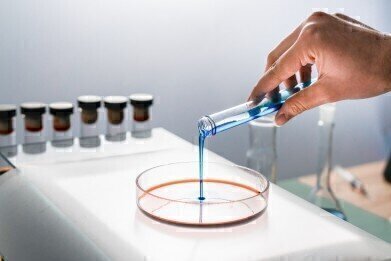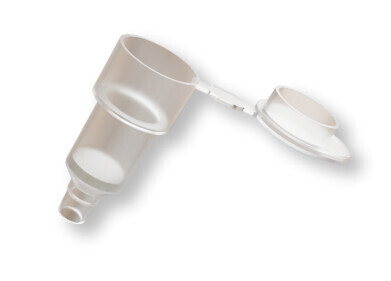Sample Prep
What is Sample Preparation?
Jun 11 2022
Sample preparation is an important step for analysis using a range of chromatography methods. As you might expect, it refers to preparing the sample before analysis. However, it’s a little more complex (and interesting) than that. Read on as we dig a little deeper.
Sample preparation explained
Preparation aside, chromatography methods start with a sample. That’s carried through a stationary phase by a mobile phase, creating different reactions and retention times which ultimately separate the various components within the sample.
The problem? Most samples aren’t ready to go straight into the mobile phase. That could be because they have too many matrix components or too many analytes, for example.
That’s where sample preparation comes in. It involves a few additional steps before starting analysis which essentially get the sample read. Failure to prepare samples adequately can result in, quite simply, poor analytical results.
Types of sample preparation
There are two broad categories of sample preparation to note. The first are physical processes which clean up, concentrate or fractionate the sample. These alter the initial matrix without modifying the analyte or matrix chemically.
On the other hand, there are chemical modifications. As you might have guessed, these do indeed modify the sample chemically. That can be done to clean up or fractionate the sample. Alternatively, chemical modifications can be made to improve detectability and chromatographic properties for the main chromatography analysis.
While these two types of sample preparation have clear differences, they’re not always kept apart. Sample preparation often combines both physical processes and chemical modifications to achieve the ideal sample for analysis.
Choosing the right sample preparation method
Sample preparation is often the most time-consuming step in chromatography analysis. It also has a significant impact on the overall cost of analysis. Finally, there are space constraints – namely, the amount of laboratory space available and whether it facilitates the sample preparation methods required.
When choosing a sample preparation method, these factors should be balanced with the quality of analytical results. More specifically, accuracy, precision and speed. In an ideal world, researchers would select the sample preparation that provides the best results – but that’s not always possible.
However, by striking the right balance between a method that’s both suitable and practical, they can still achieve the right quality of analytical results for a variety of research applications – from food and drinks to pollutants and drugs.
An example of the latter is available in the article, ‘Novel Coiled Microextraction Sampling Device used for Field Sampling of Illicit Drugs of Abuse and Analysis by Micro Gas Chromatograph/Mass Spectrometer’, which focuses on sample preparation for field chromatography – where samples can’t be sent to a laboratory for analysis
Digital Edition
Chromatography Today - Buyers' Guide 2022
October 2023
In This Edition Modern & Practical Applications - Accelerating ADC Development with Mass Spectrometry - Implementing High-Resolution Ion Mobility into Peptide Mapping Workflows Chromatogr...
View all digital editions
Events
ACS National Meeting - Fall 2024
Aug 18 2024 Denver, CO, USA
Sep 04 2024 Chiba, Tokyo, Japan
Sep 04 2024 University of Warwick, Coventry, UK
Sep 10 2024 Rockville, MD, USA
Plastics Recycling World Expo Europe
Sep 11 2024 Brussels, Belgium













